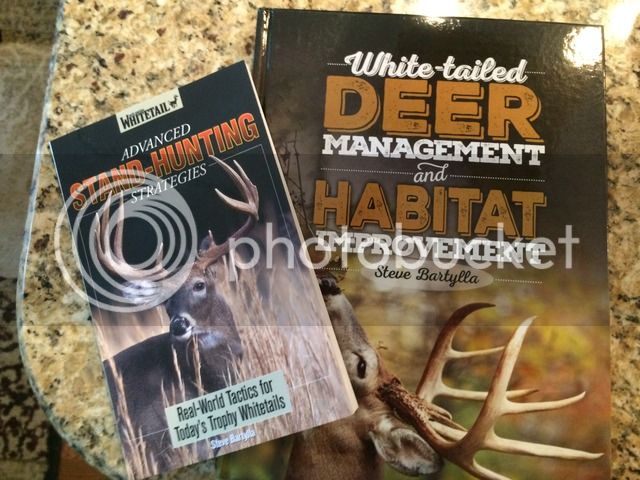Steve Bartylla
5 year old buck +
Can't speak for everyone, but I'd personally find even more value from property tours if it includes a topo along with the aerial. Topography just impacts things sooooooooooooooooooo much that I feel it'd greatly enhance their value.
I'm likely going to begin a more generically specific thread myself in a few weeks. Thinking I'll just take areas of properties and show what I've done and the results, good and bad. I did that a handful of times with the Grow em Big management show and tried to do the same with the book, figuring that if I can show enough areas/situations, odds are better that you guys will find something that applies to your grounds, at which point you can decide if it's worth a try or not.
In the mean time, if anyone is interested, I have a generic plan thread already here. It's the same one I had on QDMA:
http://www.habitat-talk.com/index.php?threads/sample-plan.355/
Still be happy to answer ?s on that, too....may even just make these new additions to that thread.
I'm likely going to begin a more generically specific thread myself in a few weeks. Thinking I'll just take areas of properties and show what I've done and the results, good and bad. I did that a handful of times with the Grow em Big management show and tried to do the same with the book, figuring that if I can show enough areas/situations, odds are better that you guys will find something that applies to your grounds, at which point you can decide if it's worth a try or not.
In the mean time, if anyone is interested, I have a generic plan thread already here. It's the same one I had on QDMA:
http://www.habitat-talk.com/index.php?threads/sample-plan.355/
Still be happy to answer ?s on that, too....may even just make these new additions to that thread.



